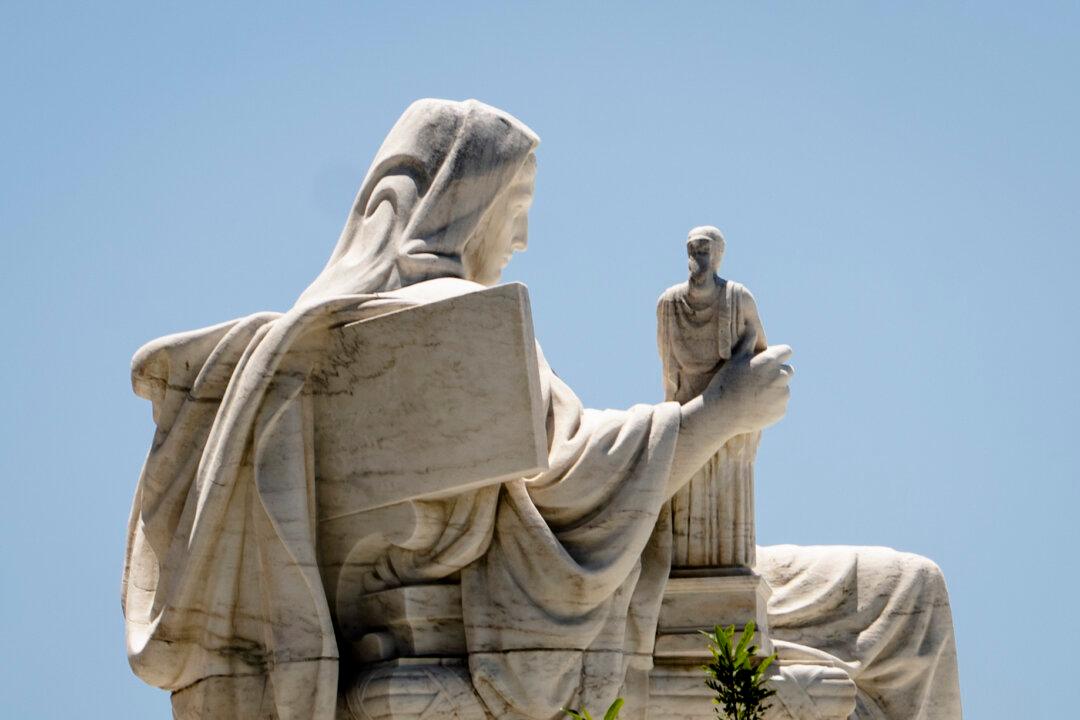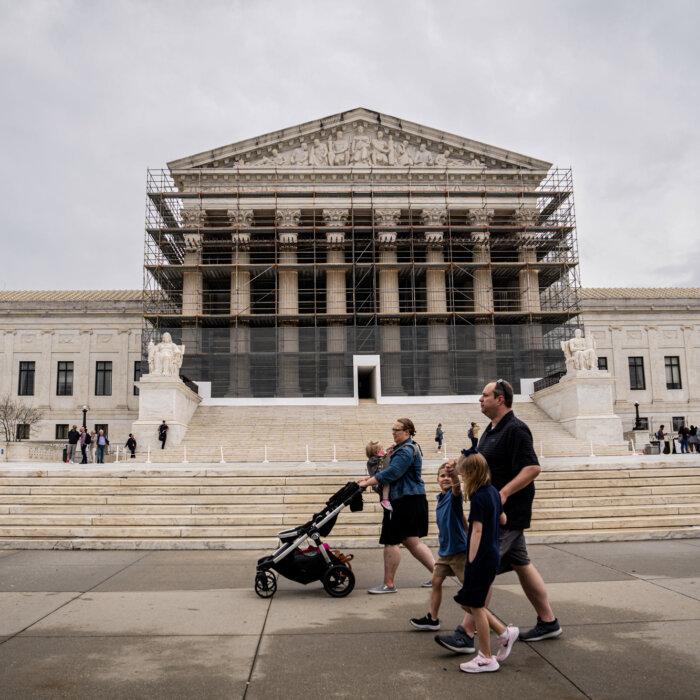The Facts of the Case
The Catholic Church in Wisconsin operates a range of charities, employing several corporate entities for doing so. These entities hire employees. Wisconsin normally requires employers to pay a tax for unemployment benefits, but the Catholic Church has its own unemployment insurance plan. Under Wisconsin law, religious organizations may obtain an exemption from the unemployment insurance tax for activities “operated primarily for religious purposes.”The church applied for such an exemption, but Wisconsin state officials denied it. They argued that the church’s charitable services were not “operated for religious purposes.” They said the church would qualify if it limited charitable services to Catholics or accompanied its benefits with attempts to proselytize. However, in accordance with Catholic doctrine, the church does neither of these things. Instead, it offers charity to all who need it, and it does not accompany charity with recruitment speeches.
The First Amendment
The First Amendment protects six itemized freedoms. The portion pertaining to religion states that “Congress shall make no law respecting an establishment of religion, or prohibiting the free exercise thereof.” The words before the comma make up the establishment clause; the words after the comma make up the free exercise clause.However, during the 20th century, the Supreme Court wandered very far from the Constitution’s text and meaning. One way the court did so was by applying the First Amendment to the executive and judicial branches of the federal government.
The Establishment Clause
The 20th-century Supreme Court also interpreted the establishment clause to require that both the federal and state governments maintain a “strict separation between church and state.” The effect of this standard was to force government to remain distant from religion and sometimes even to discriminate against religion and religious people.However, over the past few decades, the court has been correcting itself. It now applies a version of the establishment clause that is closer to its original meaning.
The Decision in Catholic Charities Bureau v. Wisconsin
Wisconsin denied that the Catholic Church’s charitable activities were religious in nature. The court was not impressed: Charity is, of course, a duty mandated not just by Catholicism, but by other Christian denominations as well as by such faiths as Judaism and Islam.Wisconsin also argued that if the church limited its charitable services only to Catholics or if it mixed its services with proselytization—as some denominations do—then it would have qualified for an unemployment tax exemption. However, Catholic doctrine requires that charitable services be available to all and not mixed with proselytization. Thus, the court ruled that denying the church an exemption based on its religious doctrine constituted discrimination against Catholicism in violation of the establishment clause. Sotomayer recited a sentence made famous from previous cases: “The clearest command of the Establishment Clause is that the government may not officially prefer one religious denomination over another.”
Although all of Sotomayor’s colleagues agreed with her, two of them also wrote separate opinions. Justice Clarence Thomas explained that whether activities were or were not under church control did not depend on their corporate structure. Justice Ketanji Brown Jackson examined competing meanings of the word “purposes” in the statutory phrase, “operated primarily for religious purposes.” She argued that “purposes” referred to the nature of the activity undertaken, not the religious motivation for undertaking it.
Conclusion
As I have explained elsewhere, the media’s characterization of the current Supreme Court as split into panels of six conservatives and three liberals is seriously misleading. While the three liberals generally agree on their philosophy, the other six justices are actually traditionalist judges rather than “conservatives.” Moreover, they differ in their judicial philosophies, and in hard cases, they frequently split among themselves.Yet in many cases, all nine justices are on the same page. Catholic Charities Bureau v. Wisconsin is one example.







